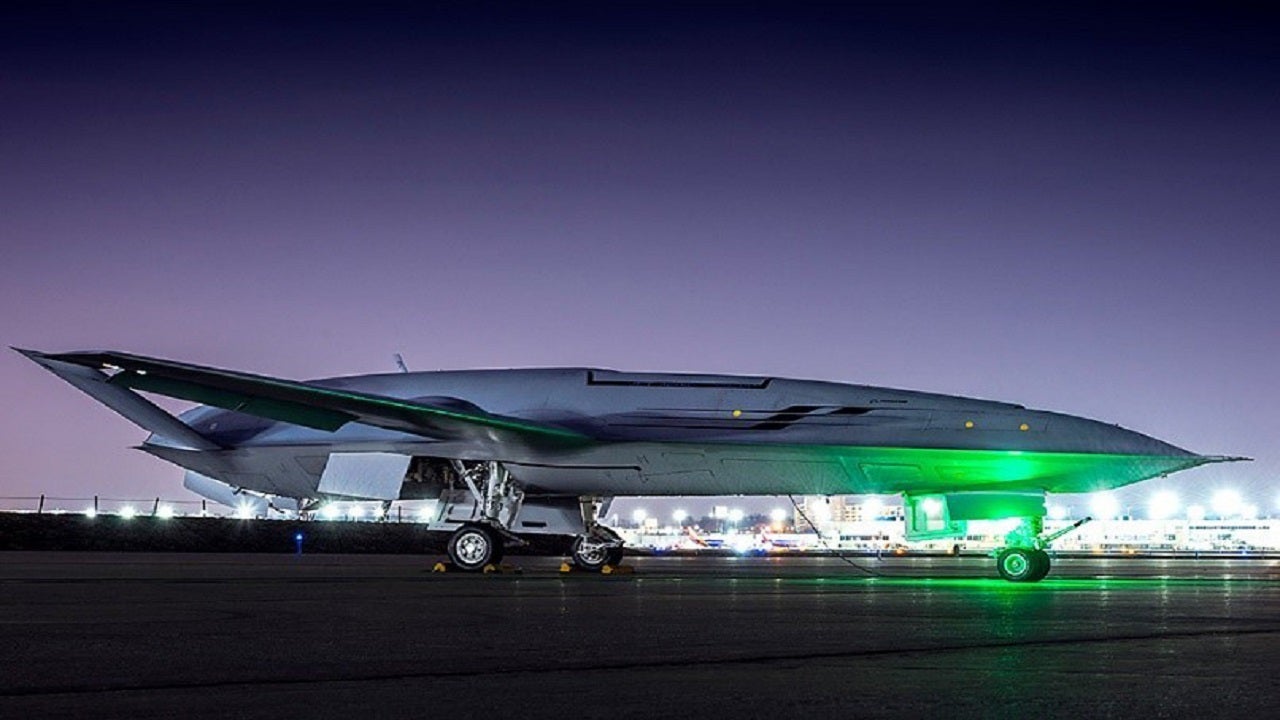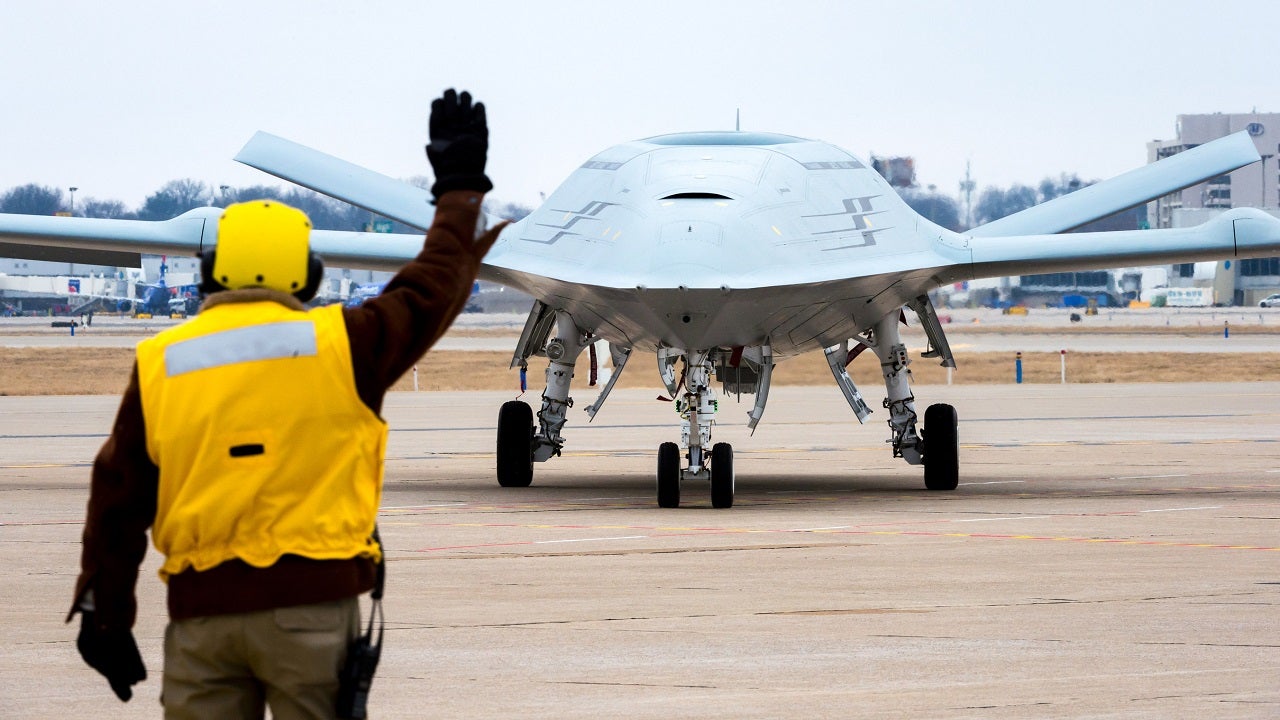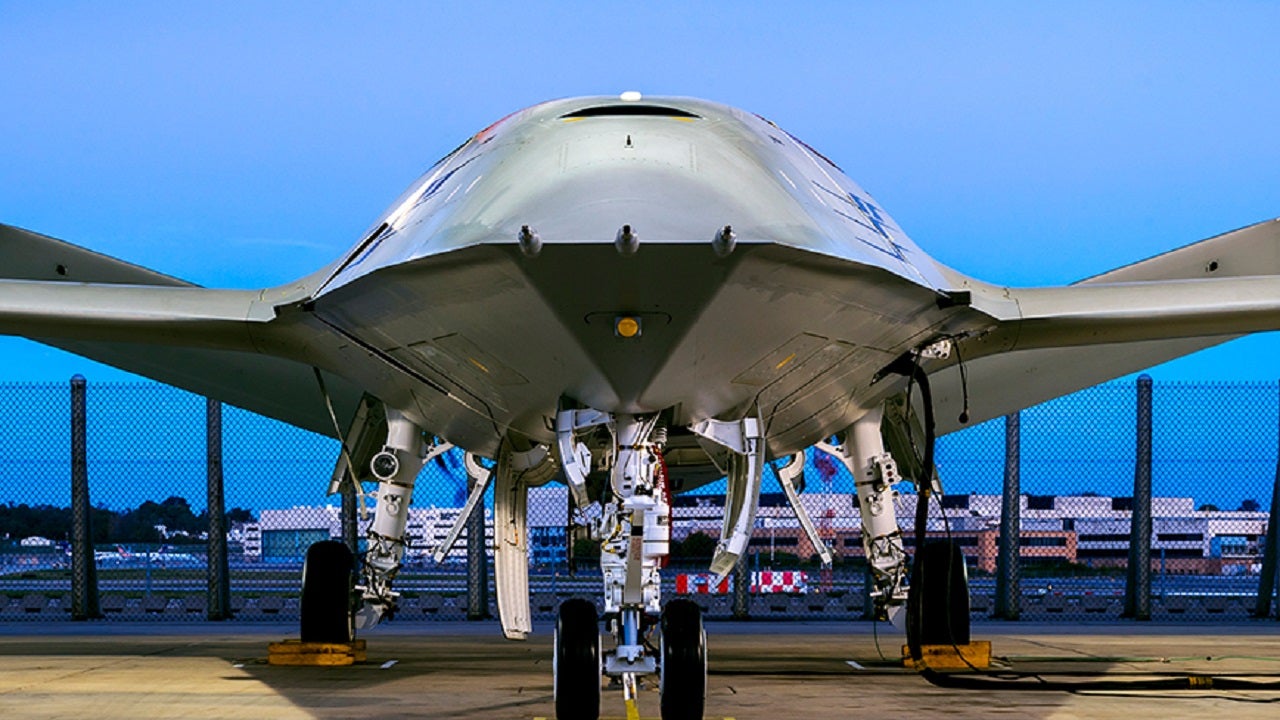MQ-25 Stingray is a next-generation unmanned aerial refuelling aircraft being developed by Boeing for the US Navy’s Carrier-Based Aerial-Refueling System (CBARS) programme. The unmanned aerial vehicle (UAV) will offer carrier-based unmanned aerial refuelling capability to the US Navy.
The UAV completed its maiden test flight in September 2019 and received its experimental airworthiness certificate from the Federal Aviation Administration (FAA).
The initial operational capability of the aircraft is expected to be achieved by 2024.
The UAV will help reduce the dependence on F/A-18E/F combat strike fighters for tanking tasks and increase their availability for strike fighter missions.
Boeing is developing the MQ-25 Stingray at its St Louis site in Missouri, US.
MQ-25 UAV development details
The US Navy released the final request for proposals for the carrier-based unmanned aerial refuelling aircraft programme in October 2017. In addition to Boeing, Lockheed Martin and General Atomics proposed Sea Avenger and Sea Ghost unmanned tanker concepts, respectively, for the programme.
Boeing emerged as the winner and secured an $805.3m engineering and manufacturing development contract to design and manufacture four MQ-25A Stingray unmanned tankers in August 2018. The contractual scope includes fabrication, test, supply, and support of the UAVs.
In April 2020, Boeing received an $84.7m contract modification from the US Navy for three additional MQ-25 UAVs, bringing the total number of orders to seven.
The US Navy aviators from VX-1 and VX-23 squadrons participated in the MQ-25 simulation training in November 2020, which enabled them to learn the flight operations from start-up to shut-down from the ground control station (GCS).
Boeing and the US Navy flew the MQ-25 test asset T1 with an aerial refuelling store (ARS) in December 2020. The 2.5-hour flight was controlled by pilots from a ground control station at MidAmerica St Louis Airport.
The early flight testing of MQ-25 test asset T1 demonstrated the UAV’s capability to remain airborne at various speeds and altitudes for approximately 30 hours.
MQ-25 Stingray features
The MQ-25A will be capable of delivering up to 6,800kg (15,000lb) of fuel to a distance of 926km (500nm). It can refuel the F/A-18 Super Hornet, EA-18G Growler, and F-35C fighter jets, significantly extending their range and time in the air.
The refuelling operations will be performed using satellite and radio communications. The unmanned tanker will be integrated with the navy’s traditional catapult launch and recovery systems.
The MQ-25 Stingray will be installed with CorePower electronic circuit breaker unit (ECBU) technology, which provides intelligent control and visibility of the on-board power systems to the operators.
MQ-25 Stingray engine
The unmanned aircraft will be powered by a Rolls-Royce AE 3007N engine that generates more than 10,000lb of thrust and additional electrical power.
The AE 3007N engine is the latest member of the AE 3007 family of high-bypass turbofan engines.
Contractors involved
Boeing contracted Astronics for CorePower aircraft power distribution units and exterior lighting systems in February 2021.
Liebherr-Aerospace Lindenberg was selected to provide the tail-hook actuator for the MQ-25 unmanned tanker in February 2021.
In April 2019, Triumph Group received a contract to deliver critical hydraulic system components for the unmanned aerial refuelling programme.
Cubic Corporation’s Cubic Mission Solutions (CMS) business division secured a contract from Boeing to supply wide-band satellite communications (SATCOM) modem system and line-of-sight (LOS) common data link (CDL) system.
Cobham Mission Systems was responsible for deploying its aerial refuelling store during the test flight. Frequentis was contracted to supply its IP-based voice communications system for the aircraft.
Boeing selected Rolls-Royce for the delivery of its AE 3007N engine in September 2018.











